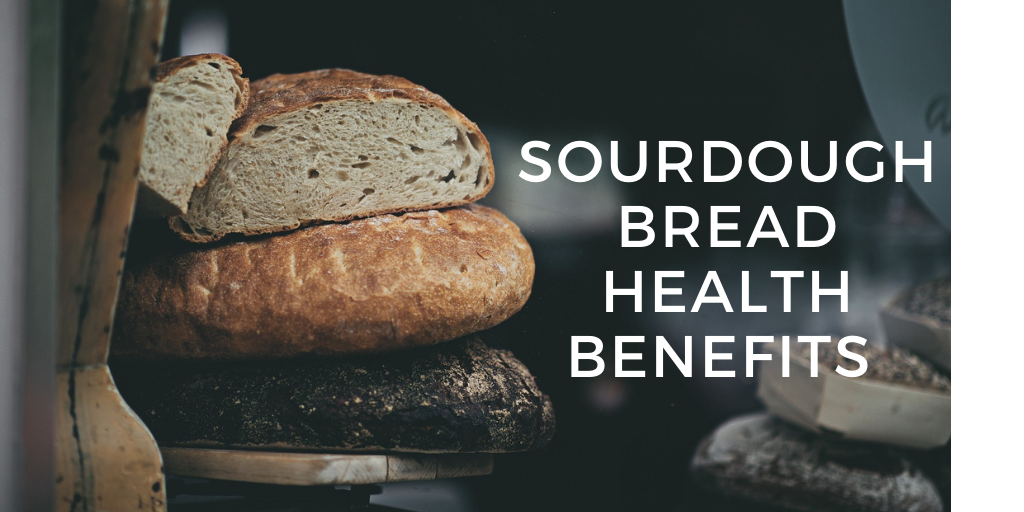
Sourdough Bread Benefits: Recipe, Uses and More
Sourdough Bread Benefits
Sourdough’s popularity leads to the question: why is sourdough bread healthier than whole wheat bread?
There's more protein, probiotics that help your gut, more nutrients and better blood sugar control with sourdough. But how?
To answer this question we need to look at the unique composition of sourdough. What’s funny is that what is unique today was the standard way to make bread… back in the day.
Historically, we made bread by fermenting flour with water to create live yeast cultures or a starter.
Where did sourdough come from?
Throughout history, bread has been made using three simple ingredients: flour, salt and water.
Weston A. Price studied ancient populations who enjoyed health and longevity with a bread-centric diet. The primitive Swiss of the Loetschental Valley baked used locally grown rye to bake sourdough bread in communal ovens.
Similarly, traditional Gaelic populations subsisted on oat based fermented bread and seafood. Both groups exhibited beautiful facial structures and were free from deficiency and disease.
Price also found groups in Africa and South America who ate mostly sour fermented grain based porridge (1).
Compare that to commercially made bread on store shelves and you’ll be appalled. These franken-breads have 15-20 ingredients. It makes sense that many of us can’t digest bread properly.
So, the question is, does sourdough’s special composition make it better for you to eat?
To see how it stacks up, let’s break down the nutrition and health benefits of sourdough. These include protein, digestion, blood sugar control and superior nutrient absorption.The Secret Ingredient Which Makes Sourdough Superior

You begin the process by making a sourdough starter. This grows wild yeast cultures, which give sourdough it’s tangy flavour, unique texture and beautiful shape.
How do you make a sourdough starter?
Simply mix flour and water, then allow the mixture to ferment over several days, feeding the mixture with flour and water each day.
After about five days you have live yeast and lactic acid bacteria to make sourdough.
From here you add part of your starter to your bread dough.
The live yeast transforms the taste and texture of your bread, while also naturally extending the shelf life of your bread without preservatives.
Sourdough lasts much longer without growing mold compared to traditional bread with baker’s yeast.
So... There’s Living Yeast in My Bread?

Not exactly. Sourdough is fermented using lactobacillus cultures, a probiotic used in fermented foods like kefir and sauerkraut. The cultures thrive while your dough is raw, but they do not survive the baking process.
What does survive is lactic acid, which turns out, have many health benefits. More on that below.Sourdough Bread Nutrition Facts
Sourdough bread is still high in carbs. It is bread, after all. If you are strict keto, then sourdough may not be for you.
A quick comparison of the macronutrients (carbs, protein, fat) shows that sourdough has more protein and less sugar than regular ol’ white bread. But nutrition facts don’t give us much insight into why sourdough bread is good for you.
- Calories: 170 calories
- Fat: 1.5 g
- Carbs: 32 g
- Fiber: 1.5 g
- Protein: 7 g
- Selenium: 22% of the RDI
- Folate: 20% of the RDI
- Thiamin: 16% of the RDI
- Sodium: 16% of the RDI
- Manganese: 14% of the RDI
- Niacin: 14% of the RDI
- Iron: 12% of the RDI
Sourdough Bread Health Benefits

1. High Protein Bread
It’s worth noting that 1 slice of sourdough has more protein than an egg and double that of a slice of bacon. Not quite as much as bone broth. Sourdough is a solid source of protein.
How does sourdough have so much protein?
The fermentation process activates amino acids. Also, when you prepare the bread to bake with all the folding and kneading and resting, it activates more amino acids to improve the protein level (2).
So we have sourdough as a decent source of protein -- especially if you are plant based. But you have to dive a bit deeper to explore the real health benefits of sourdough bread.2. Full of Absorbable Vitamins and Nutrients
Since sourdough is often made using the same flour as other breads, you may wonder why it is nutritionally superior.
For example, most whole grain breads have solid levels of vitamins and minerals including potassium, magnesium, phosphate and zinc.
The issue is that most conventional breads also contain phytochemicals aka phytate. Phytates decrease our nutrient absorption. These ‘anti-nutrients’ bind to vitamins and minerals as they enter your body.
This greatly reduces the bioavailability of nutrients, decreasing their uptake in your body and rendering them useless (3).
Sourdough bread has little to no phytates. Why? Because the fermentation process lowers the pH level of sourdough, which removes them (4).
Lower phytates in bread improves the nutrient absorption. This is the main reason why sourdough is healthier than conventional whole grain bread.
Research also shows that the lactic acid bacteria in sourdough help to create and release antioxidants during fermentation (5).
Antioxidants are thought to have many health benefits with little to no downside.
The fermentation process also produces more iron, selenium and folate.
As a result, sourdough is packed with iron which is incredibly important for red blood cell production and energy metabolism. It’s also full of selenium which helps to boost your immune system, tissue and cells in your body. Lastly, the folate in sourdough helps make red and white blood cells and convert carbohydrates to energy.
3. Sourdough is Easy to Digest, But is it Gluten Free?
Everyone has a friend who is sensitive to grains or gluten but claims they can eat sourdough no problem. We usually humour them and listen to the story.
In this case they may be on to something. Researchers are starting to substantiate the anecdotal stories of your friends with respect to digesting sourdough.
Sourdough is often easier to digest than traditional bread made with baker’s yeast. How?
It turns out that sourdough bread is full of prebiotics which give it probiotic-like qualities.
Prebiotics are an indigestible fiber that feeds good bacteria in your gut.
Probiotics are beneficial bacteria that live in your gut. They help you break down and harvest nutrients and energy from food. Probiotics are also found in health supplements and fermented foods like sauerkraut and kefir.
Both work together to ease digestion and improve gut health (6).
The prebiotics themselves don’t survive the baking process, but the lactic acid bacteria produced during fermentation remains and provides the benefits. The lactic acid bacteria in sourdough has shown to also contain antioxidant benefits, safeguarding your body against illness.
What about gluten?
The fermentation process also degrades the amount of gluten in the bread compared to regular bread.
Gluten is a protein found in most grains which many are sensitive to. Gluten intolerance can lead to bloating, stomach pain, constipation and frequent bathroom visits.
Sourdough has less gluten, allowing some people who are sensitive to gluten to enjoy it. However, sourdough is not gluten free and should not be consumed if you are allergic to gluten or celiac (7).
Want to learn more about gut health?
5 foods that improve your digestive health
How to Get Rid of Leaky Gut Syndrome
4. Improve Blood Sugar Response With Sourdough

Sourdough seems to be friendly to those with blood sugar control or insulin issues. Scientists still don’t fully know why.
We do know that the fermentation process does something to modify the carbs and slow the blood sugar response from sourdough. In effect, this lessens the carb load of sourdough, thus decreasing it’s glycemic index (8).
Glycemic index measures how the foods we eat affect our blood sugar. Lower is less likely to spike blood sugar, although it is not a perfect measure.
The lactic acid in sourdough also seems to delay how quickly your stomach processes the food. This has a similar effect to apple cider vinegar in terms of helping to control blood sugar (9).
So we have some hunches as to how sourdough improves blood sugar. Are there direct studies comparing blood sugar responses to plain bread?
Yes there are.
Participants who ate sourdough had both lower insulin and blood sugar levels than those who ate conventional bread. This is backed up in several studies (10, 11).
Can sourdough bread help you lose weight?
It depends how much you eat, but sourdough may be good for weight loss because it is shown to help you feel fuller than other breads.
This may be because of the protein and lactic acid in the bread which delays stomach emptying (12).
Easy Sourdough Bread Recipe
To get started, you need three simple ingredients: flour, water and salt. If you do not want to make your own sourdough starter, then you will need to purchase one. There are many great options online for this who ship directly to you.
Here’s a somewhat basic step-by-step guide to make delicious sourdough bread. I am by no means an expert. I’ll link to some other great recipes and resources below on making sourdough.
- Feed your sourdough starter 12 hours in advance.
- Add 10g starter, 25g water and 25g flour to a jar and let rise until doubled.
- Add flour and water to a large mixing bowl and use your hands to work the ingredients together until it forms a shaggy mass. Cover the bowl loosely and let the dough rest for 30 minutes.
- After the dough has rested, add sourdough starter and salt to the dough mixture.
- Stretch and fold: Perform 2-3 sets of stretch and folds before allowing it to rest again.
- Rest / fermentation: Cover the bowl and let the dough ferment for 7-10 hours on your kitchen counter. Temperature must be 18-21°C.
- Second Rise: Shape dough into a ball over a floured surface.
- Center the dough on parchment paper. Place the dough and parchment paper into a bowl and cover. Let the dough rise for 30 minutes.
- Bake: Preheat the dutch oven to 450°F (232°C). Cover and bake for 20 minutes, uncover and bake an additional 25-30 minutes.
- Let bread cool for 1-2 hours on cooling rack.
If you really want to make a friend, go round someone's house with a freshly baked loaf of sourdough bread!
Other great sourdough recipes:
Sourdough Bread Recipe - from my favourite local bakery (Flourist)
Beginner's Sourdough Bread
Ultimate Guide to Making Sourdough
What is the best flour to use in sourdough?
Look for a bread flour that is unbleached and unbromated with 12-14% protein. Rye, spelt, einkorn and wheat based flour will all work, but not as well as bread flour.
How long can you store sourdough bread?
You can store your sourdough bread in a kitchen towel or beeswax wrap for 4-5 days at room temperature.
Can you freeze sourdough bread?
Yes! Freeze full loaves or individual slices wrapped tightly in plastic wrap and inserted into a freezer-safe container for up to 3 months.
Do not refrigerate sourdough. It will become hard.
Disclaimer: This information is for educational purposes only and has not been evaluated by the CFIA or FDA. It is not intended to diagnose, treat, cure, or prevent any disease.
Image by Tania_delosbosques, Foundry Co, Jill Wellington from Pixabay
Image by studentsdiscover.org
Image by Pathways4health

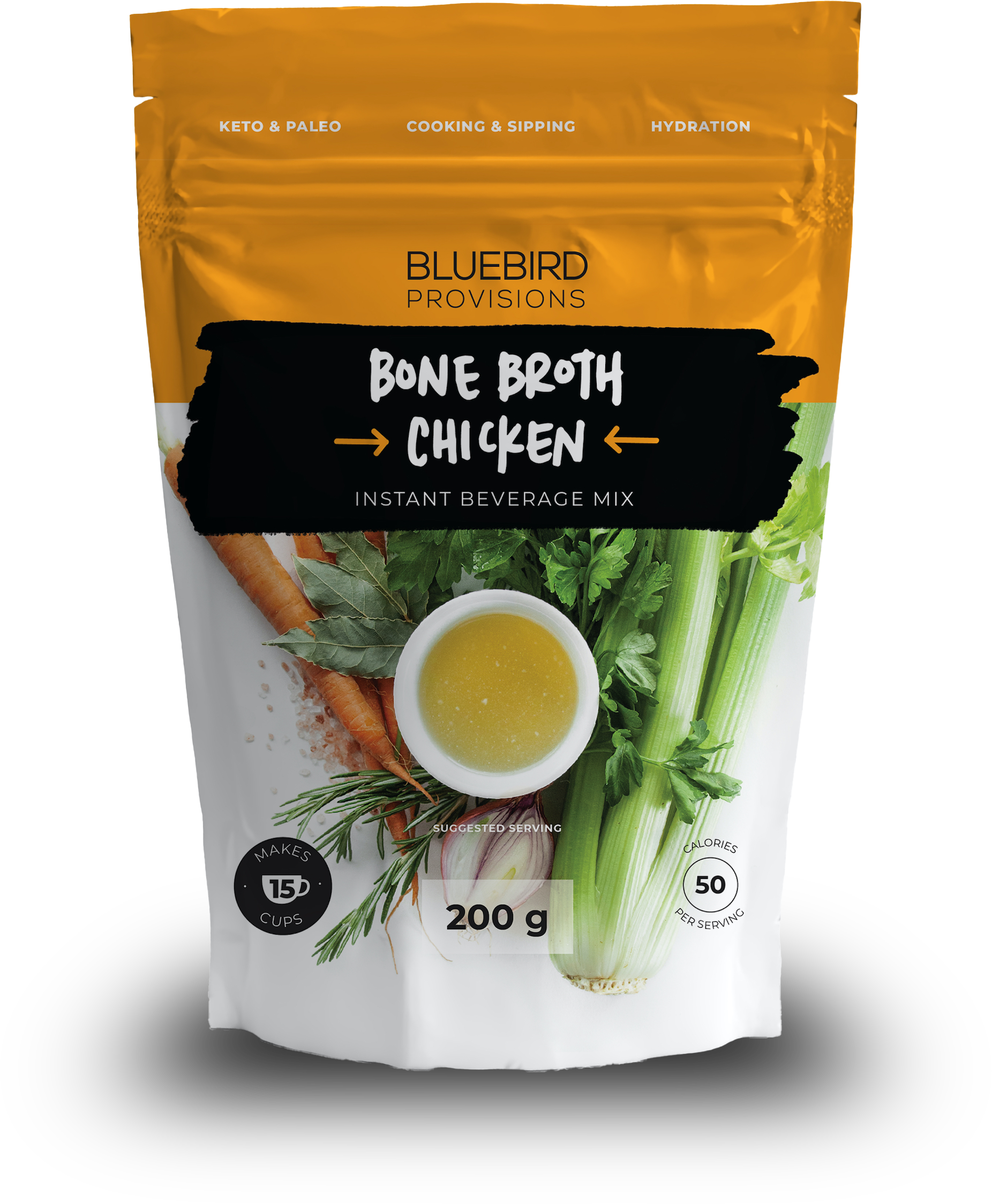
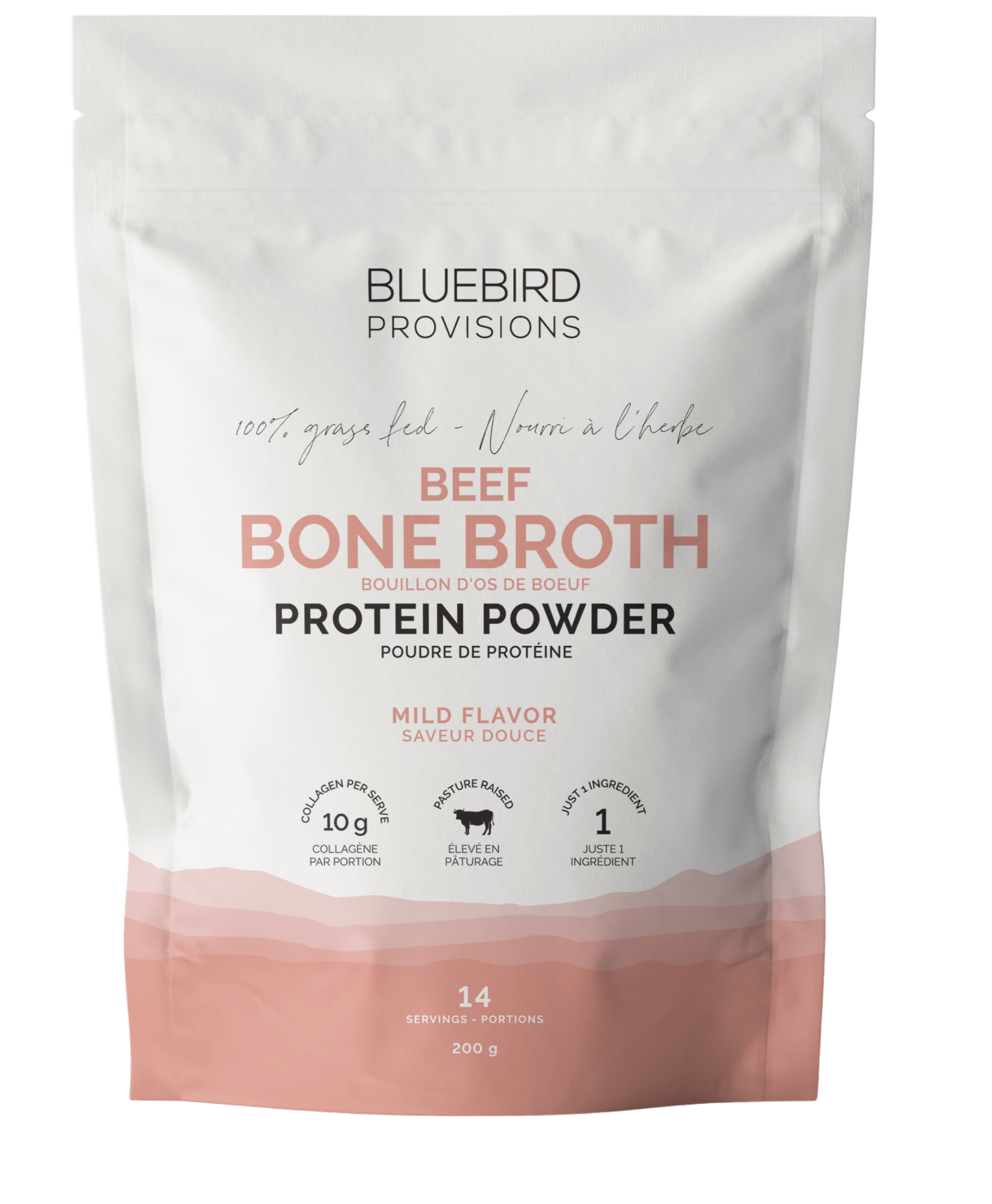


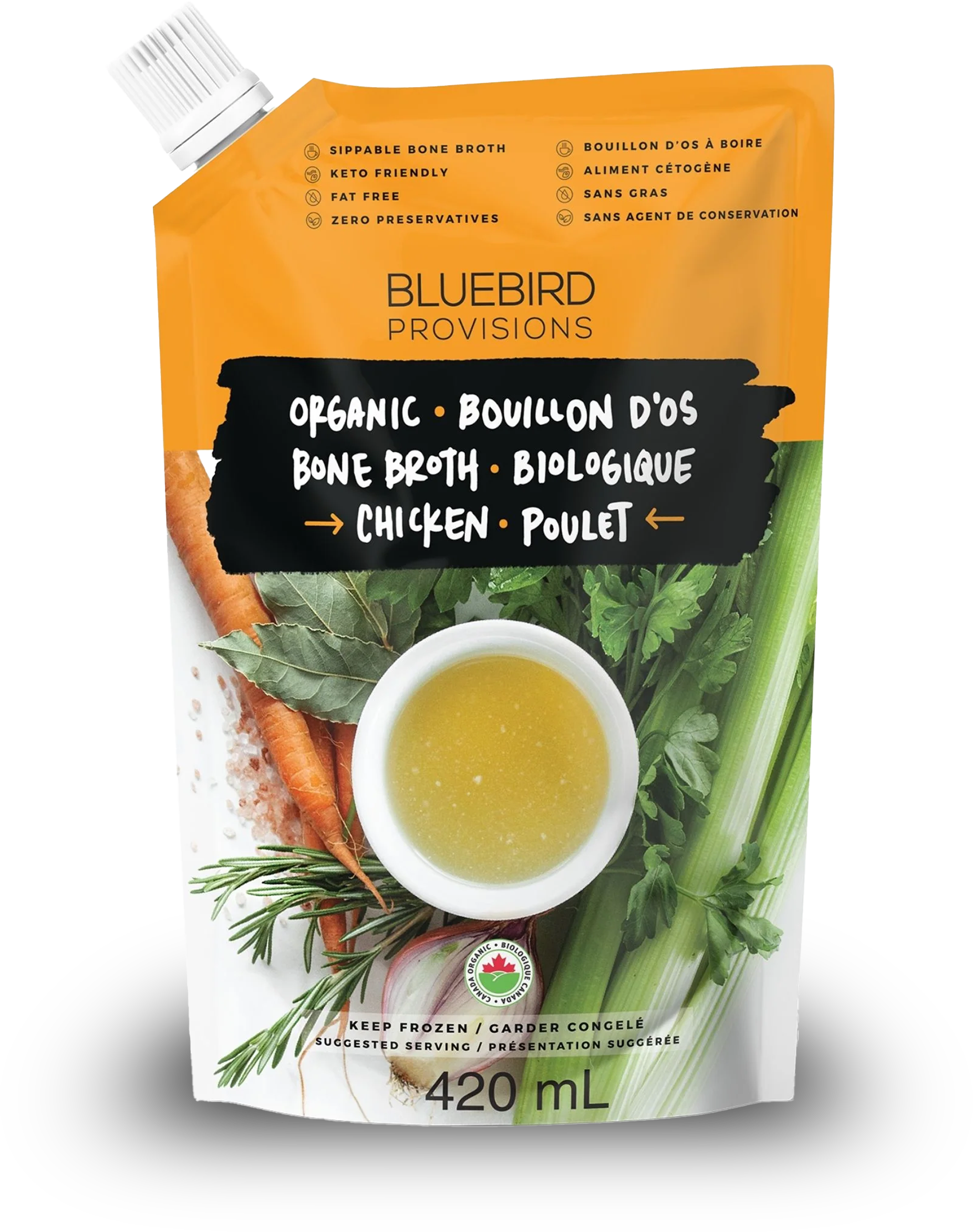
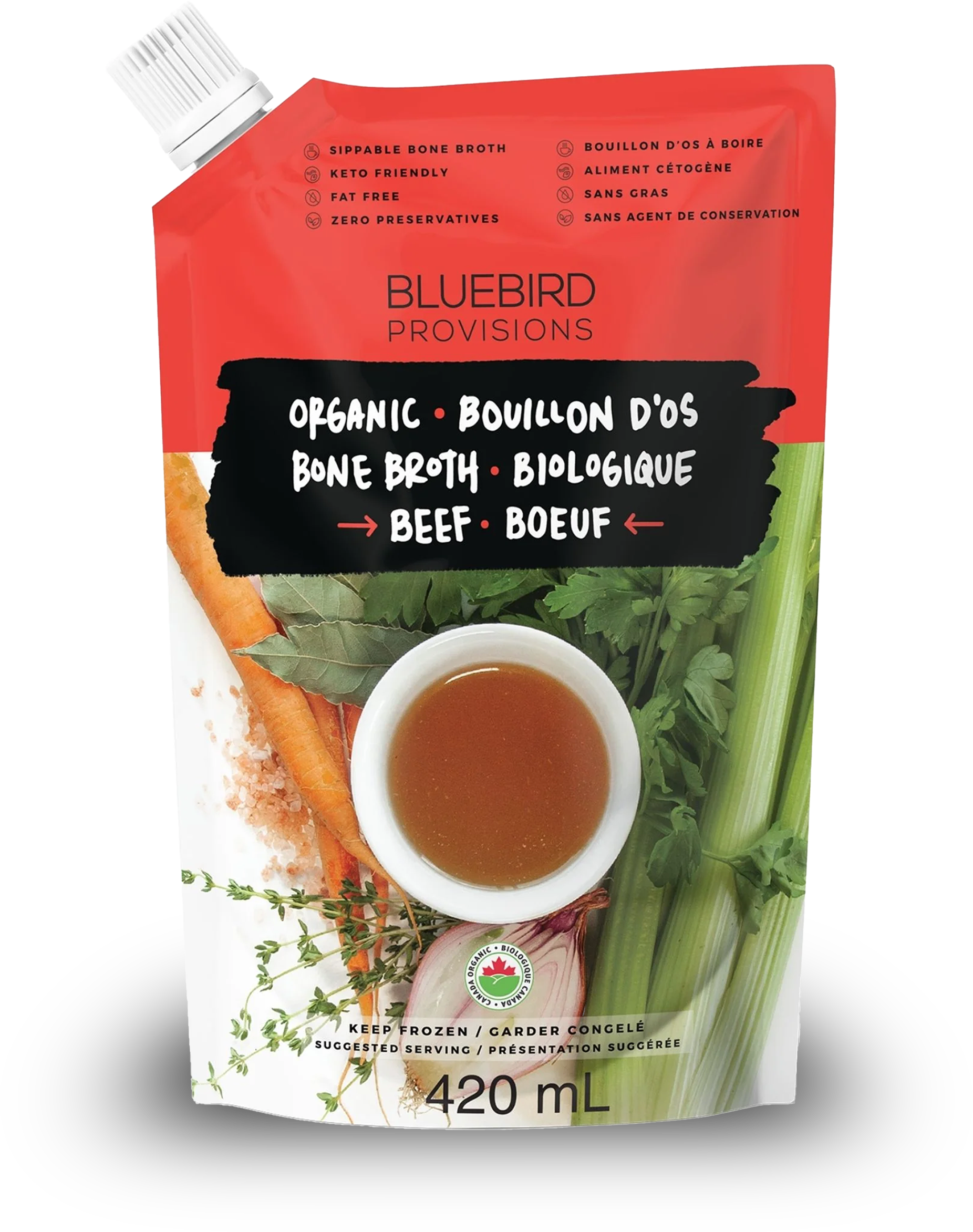




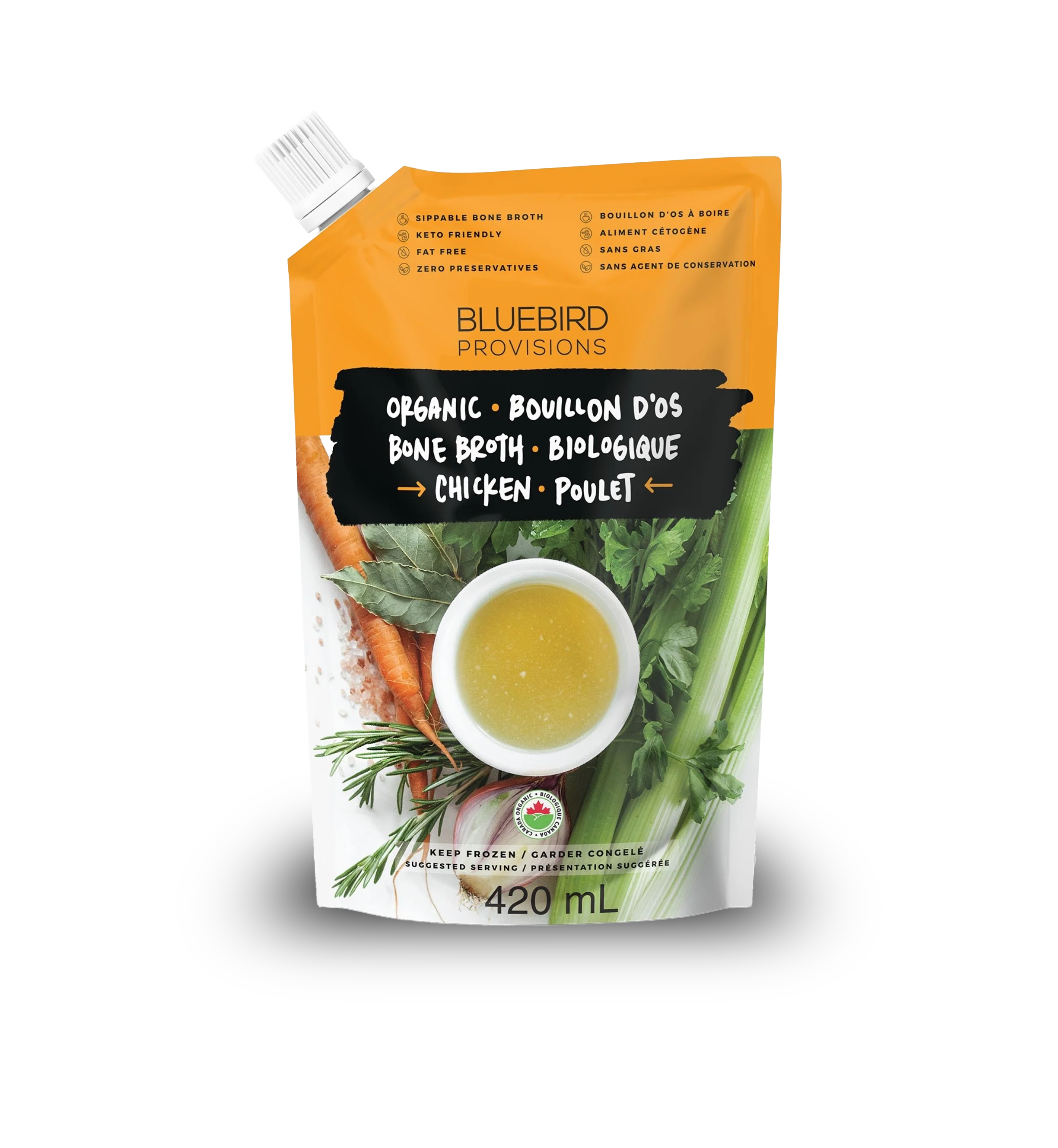
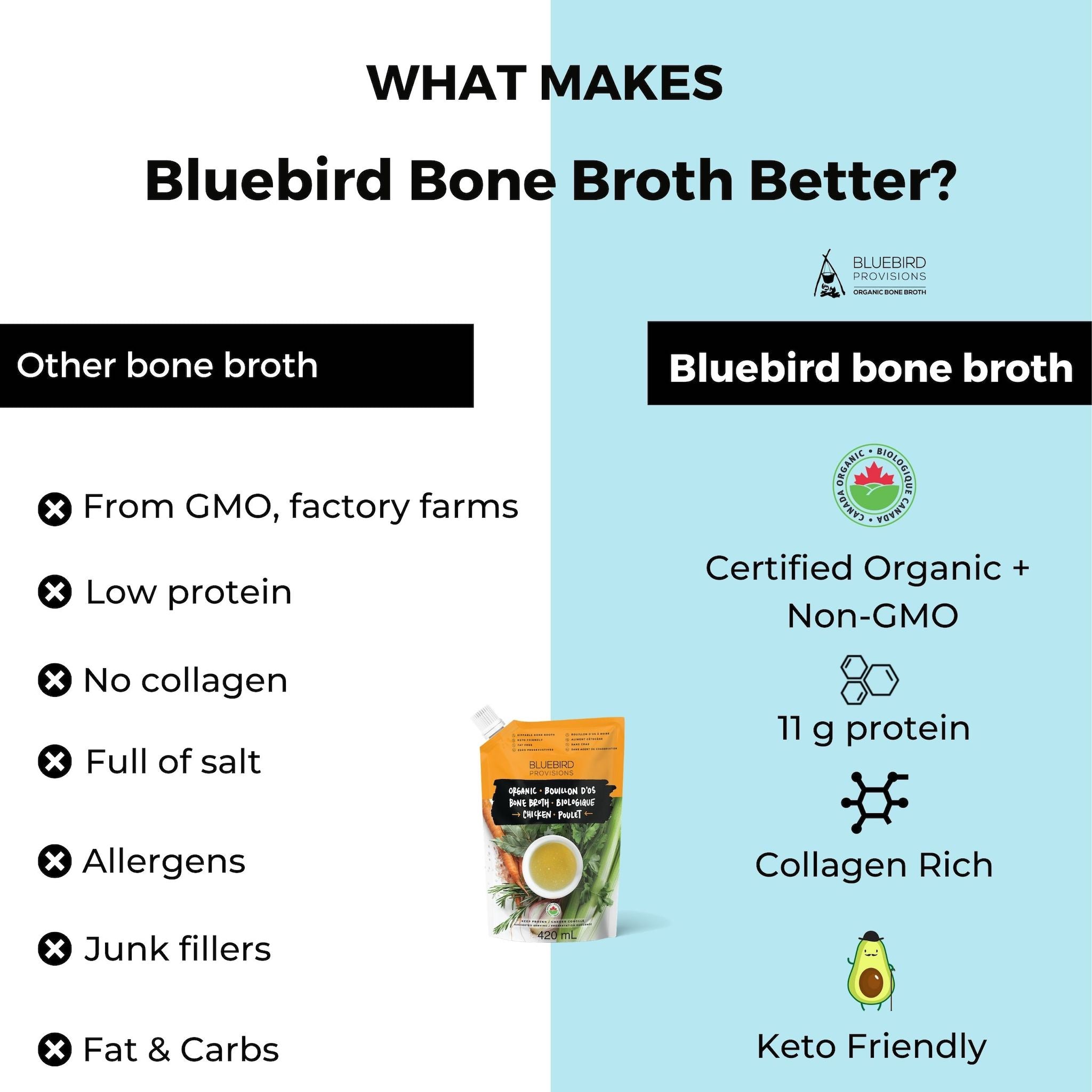
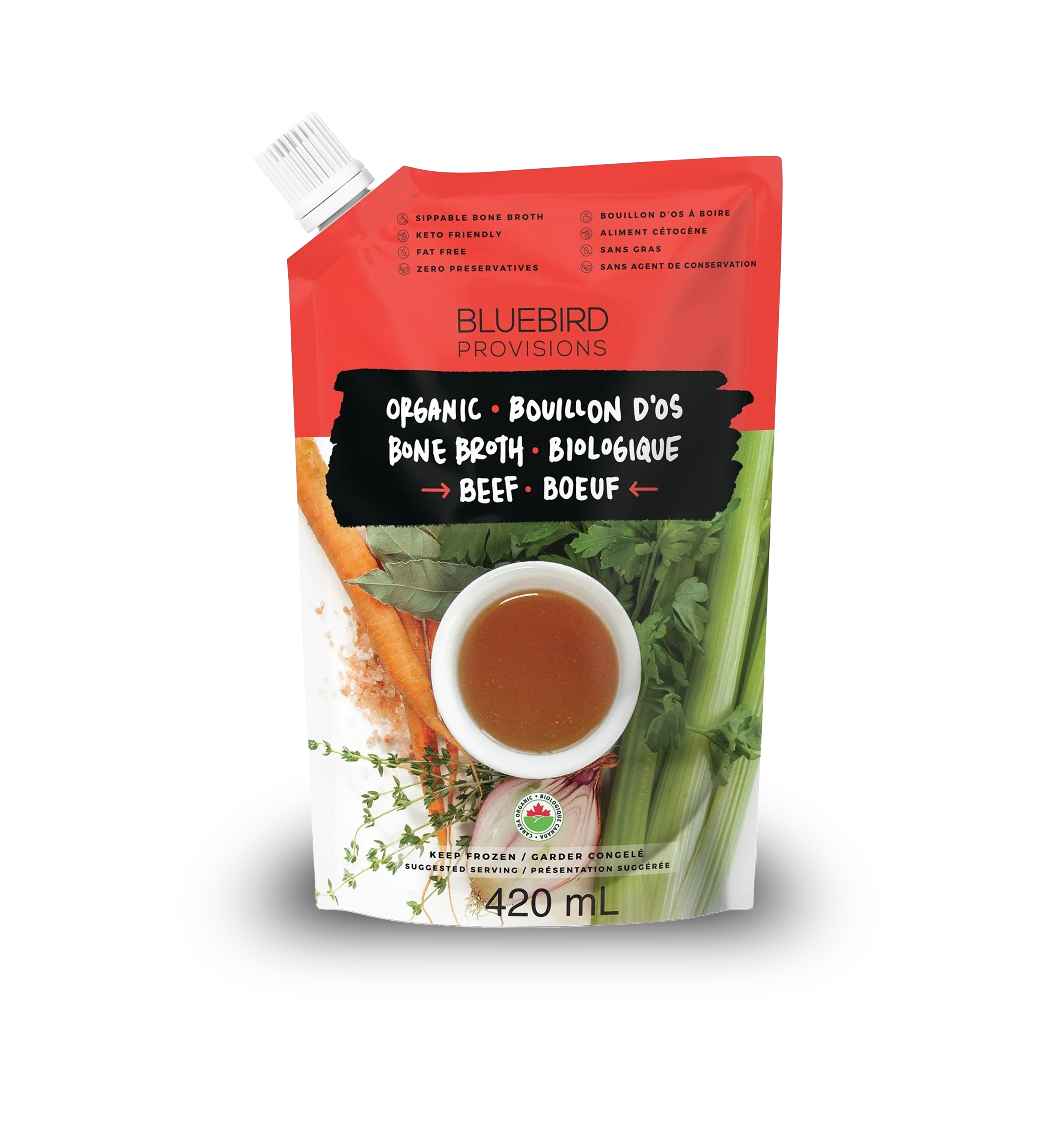
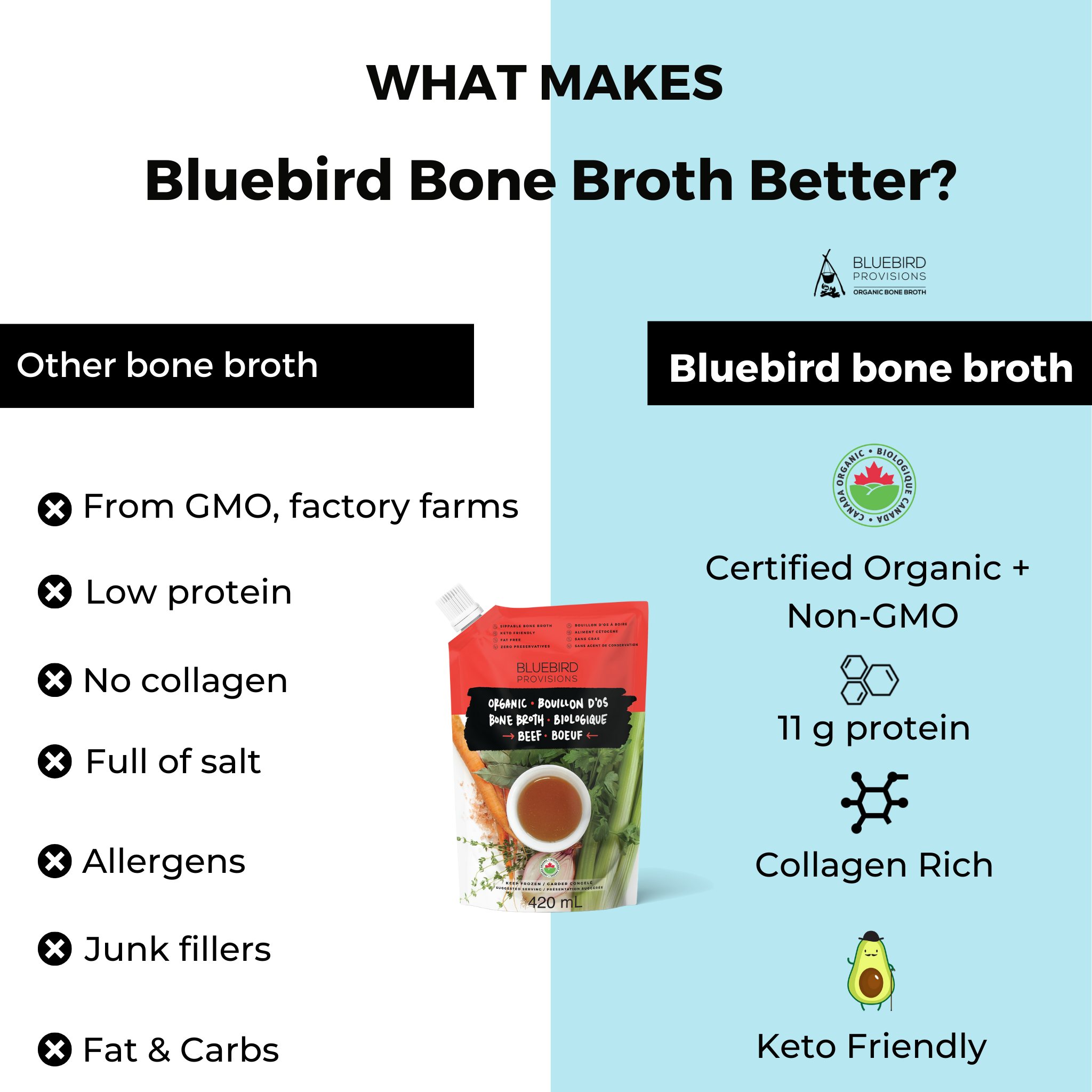
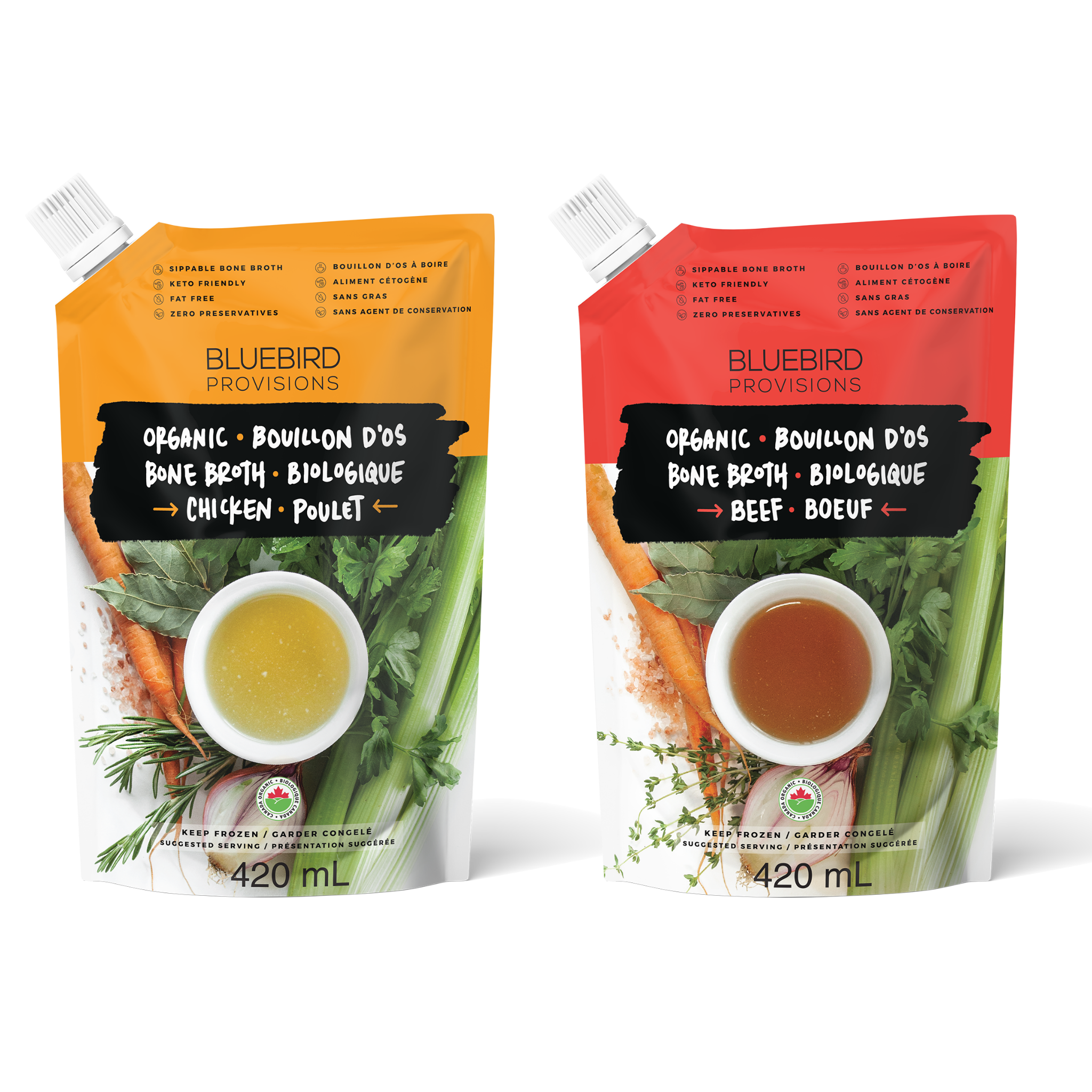
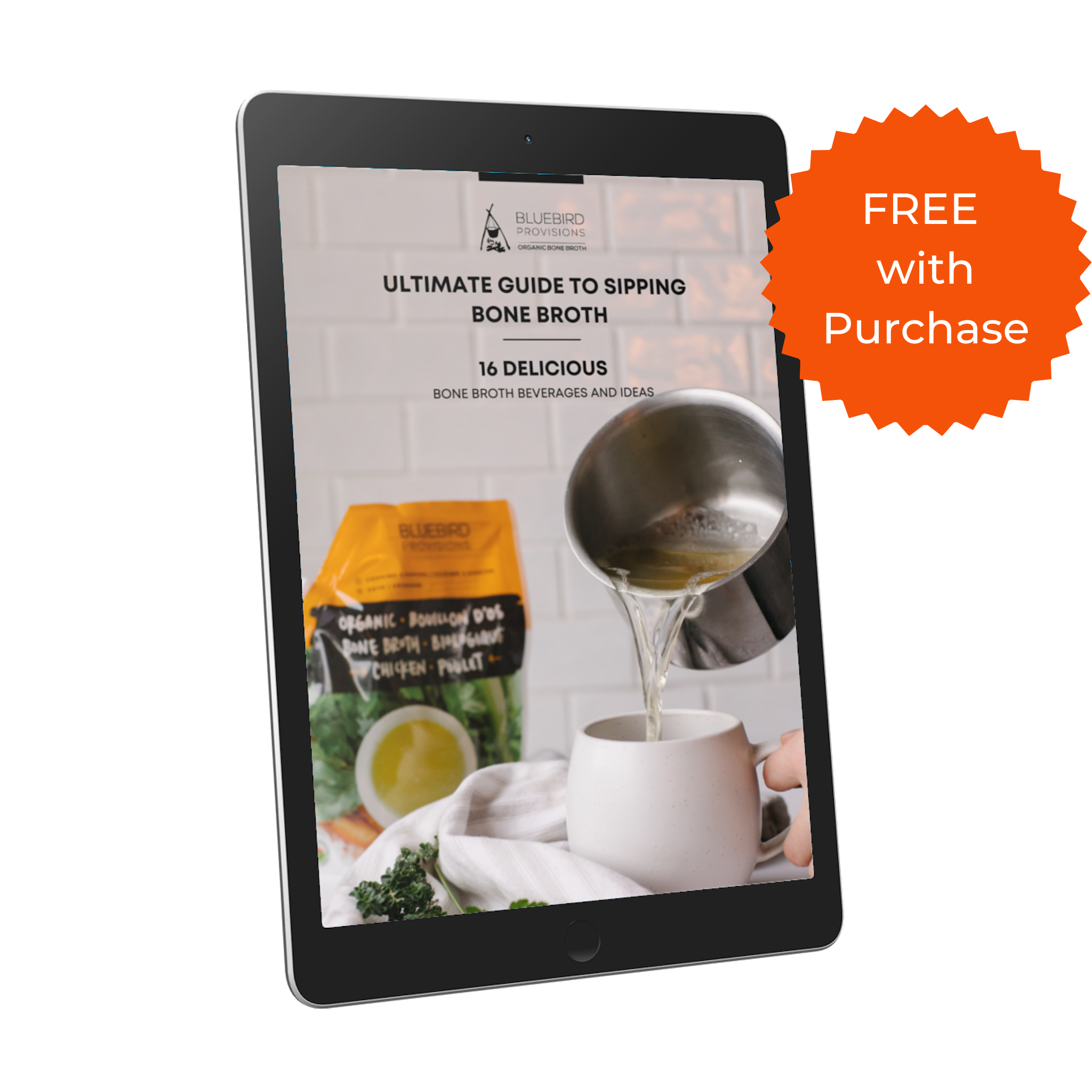
Leave a comment
This site is protected by hCaptcha and the hCaptcha Privacy Policy and Terms of Service apply.